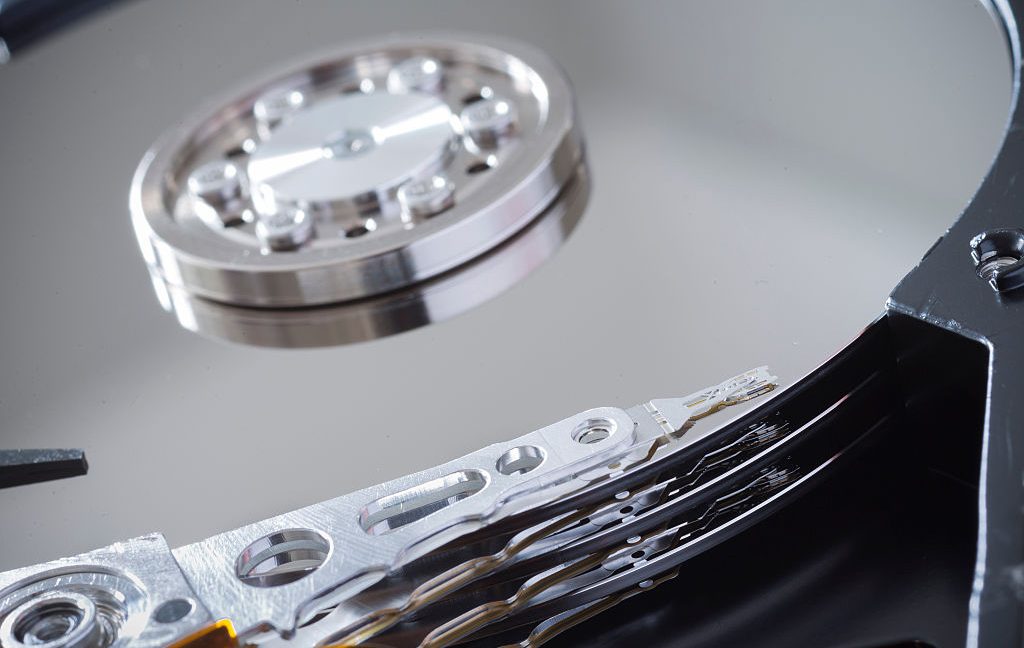
"That conclusion came from a blog post this week by Stephanie Doyle, Backblaze's writer and blog operations specialist, and Pat Patterson, Backblaze's chief technical evangelist. The authors compared the AFRs for the approximately 317,230 drives in Backblaze's datacenter to the AFRs the company recorded when examining the 21,195 drives it had in 2013 and 206,928 drives in 2021. Doyle and Patterson said they identified "a pretty solid deviation in both age of drive failure and the high point of AFR from the last two times we've run the analyses.""
"You can check out Paterson and Doyle's August blog post for more information about the drives they analyzed this year. The drives were from HGST, Seagate, Toshiba, and WDC, and they had an average age of 3.7 months to 103.9 months (about 8.7 years). The drives ranged from 4TB to 24TB. In 2021, Backblaze's sample had drives from the same vendors, and the drives tested for each model had an average age of 3.57 to 80.85 months (about 6.7 years). The drives ranged from 4TB to 16TB."
Backblaze has tracked annualized failure rates (AFRs) for its datacenter hard drives since 2013 and analyzed samples from 2013, 2021, and the current dataset. The current dataset included approximately 317,230 drives with ages from 3.7 to 103.9 months and capacities from 4TB to 24TB. Peak AFR this year was 4.25 percent at about 10 years and three months, compared to 13.73 percent at about three years and three months in 2013 and 14.24 percent at seven years and nine months in 2021. Drive longevity has improved and peak failure rates have shifted later and decreased markedly.
Read at Ars Technica
Unable to calculate read time
Collection
[
|
...
]